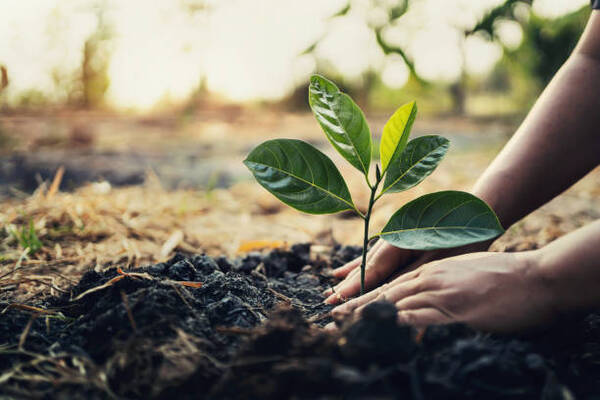- 1-905-452-8193
- Contact Us
- Member Login
- Get Listed Today
- 220,911 members

Trees are an important part of the Australian landscape. They provide animals and people with shade and shelter, and food and fuel. Planting a tree with the help of tree lopping Sydney solutions is a great way to improve the environment and add to the beauty of the nation.
It is estimated that there are over 24 million trees in Australia. Of these, around 12 million are in urban areas and the rest are in rural areas. Trees play an important role in our environment, providing us with oxygen, cleaning the air we breathe and helping to regulate the climate. They also provide homes for wildlife, help to prevent soil erosion and can be used as windbreaks.
When planting a tree, it is important to choose the right species for your area. Some trees are better suited to certain climates and soils than others. You should also consider the size of the tree when fully grown, as some can become very large.
Once you have chosen the right tree for your needs, follow these tips to ensure it grows healthy and strong.
Choose the right time of year to plant your tree.
In general, the best time to plant trees in Australia is during the cooler months, from March to May. However, this will vary depending on the species of tree and your location. Check with your local nursery or garden centre for advice on the best time to plant in your area.
Dig a hole that is twice as wide as the root ball of your tree.
This will give the roots plenty of room to spread out and establish themselves. The hole should also be deep enough so that the root ball is level with the surrounding soil.
Loosen the roots of your tree before placing them in the hole.
Gently tease the roots apart with your fingers to encourage them to spread out.
Fill the hole with water and allow it to drain before planting your tree.
This will help to settle the soil around the roots.
Place the tree in the hole and backfill with soil, tamping it down gently as you go.
It is important not to plant the tree too deeply. The root ball should be level with the surrounding soil or slightly higher.
Stake your tree if necessary.
Some species of trees will need to be staked when they are first planted, especially if they are tall or have a large canopy. Use wooden stakes and tie them loosely to the trunk of the tree using lengths of soft garden twine.
Water your tree regularly, especially during the first few months after planting.
Check the soil around your tree regularly and water deeply when necessary. Once established, most trees will need watering only during extended periods of dry weather.
Apply mulch around your tree to help retain moisture and keep the root system cool.
Use organic mulches such as chopped bark or wood chips. Avoid using rock mulches as they can reflect heat and cause the roots to bake.
Fertilise your tree every year for the first three years after planting.
Use a native plant fertiliser or slow-release compound fertiliser formulated for trees and shrubs. Follow the instructions on the packet carefully, as too much fertiliser can damage the roots of your tree.
Prune your tree as necessary to maintain its shape and size.
Most trees will only need to be pruned every few years. However, some species will require more frequent pruning, so it is best to check with your local nursery or garden centre for advice.
Protect your tree from herbicides, insecticides and other chemicals.
These can damage the roots of your tree and make it more susceptible to disease.
Check for signs of stress or disease and seek professional help if necessary.
Common problems include yellowing leaves, wilting, dieback or stunted growth. If you are unsure what is causing the problem, take a sample of the affected plant material to your local nursery or garden centre for identification.
Trees are an important part of the landscape and play a vital role in the environment. By following these tips and getting advice from a reputable arborist, you can help to ensure your tree grows healthy and strong. By taking care of your new tree, you'll be helping improve the environment and adding to the beauty of the country.
